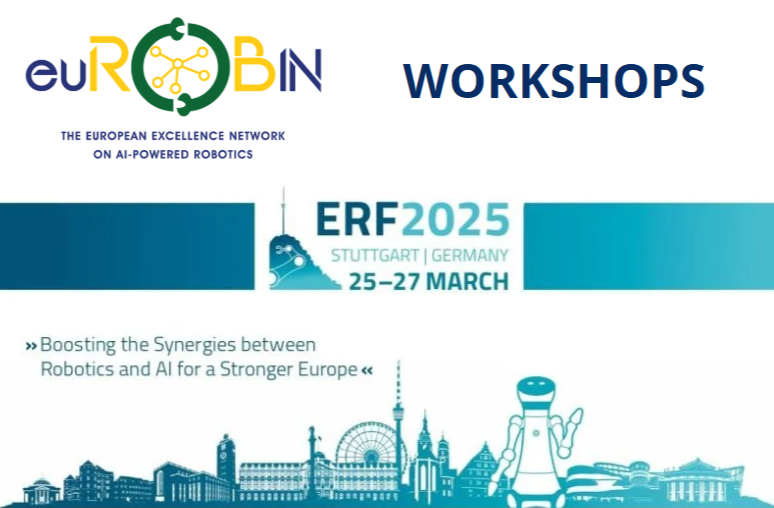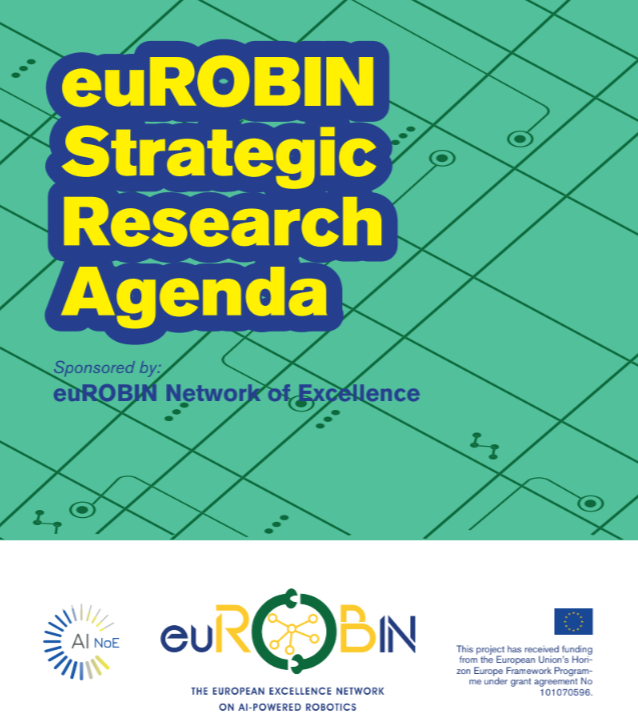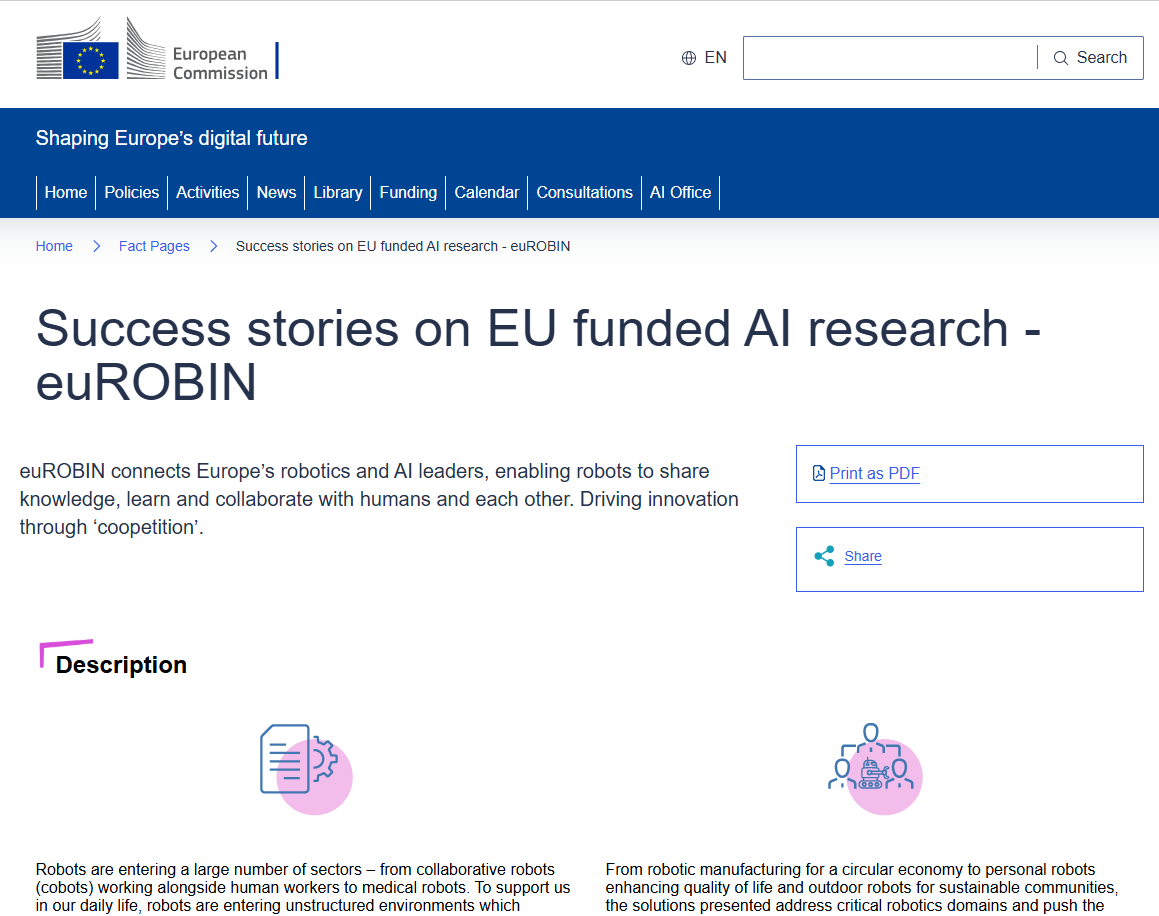The euROBIN networking concept
The euROBIN network aims to advance AI tools, software, architectures, and hardware components in a reproducibile approach
euROBIN - Extra funding for Project Partners
Find out moreEuroCore
The euROBIN EuroCore platform is designed to enhance collaboration and innovation in robotics and artificial intelligence (AI) across Europe by providing a centralized repository for sharing software modules, data, and expertise.
MoreeuROBIN News
euROBIN Week 2024 / 1st euROBIN Coopetition
25-28 November
Nancy, France

News showroom
Whats going on around you
Recap- euROBIN Project at European Robotics Forum (ERF) - 25 - 27 March 2025- Stuttgart, Germany,
From Tuesday 25 to Thursday 27 March, the European Robotics Forum (ERF) was held in Stuttgart, Germany, a very important event for robotics and artificial intelligence in Europe, boosting industry ...
Read More
euROBIN at European Robotics Forum (ERF) 2025 - From 25 to 27 March - Stuttgart, Germany
From Tuesday 25 to Thursday 27 March 2025, euROBIN will be at the European Robotics Forum (ERF) in Stuttgart, Germany.
This is one of the most influential events in Europe in both robotics and art...
Read More
euROBIN Strategic Research Agenda (SRA) - 2025
The euROBIN project continues to make progress and our euROBIN Strategic Research Agenda (SRA) is now ready.
Robotics has made remarkable advances over the last two decades, progressively extendi...
Read More
Recognition of the euROBIN project on the European Commission website
euROBIN project is on the website of the European Commission, a recognition that is an honour for all those who make the project possible and each of the partners who collaborate to achieve the goa...
Read More










